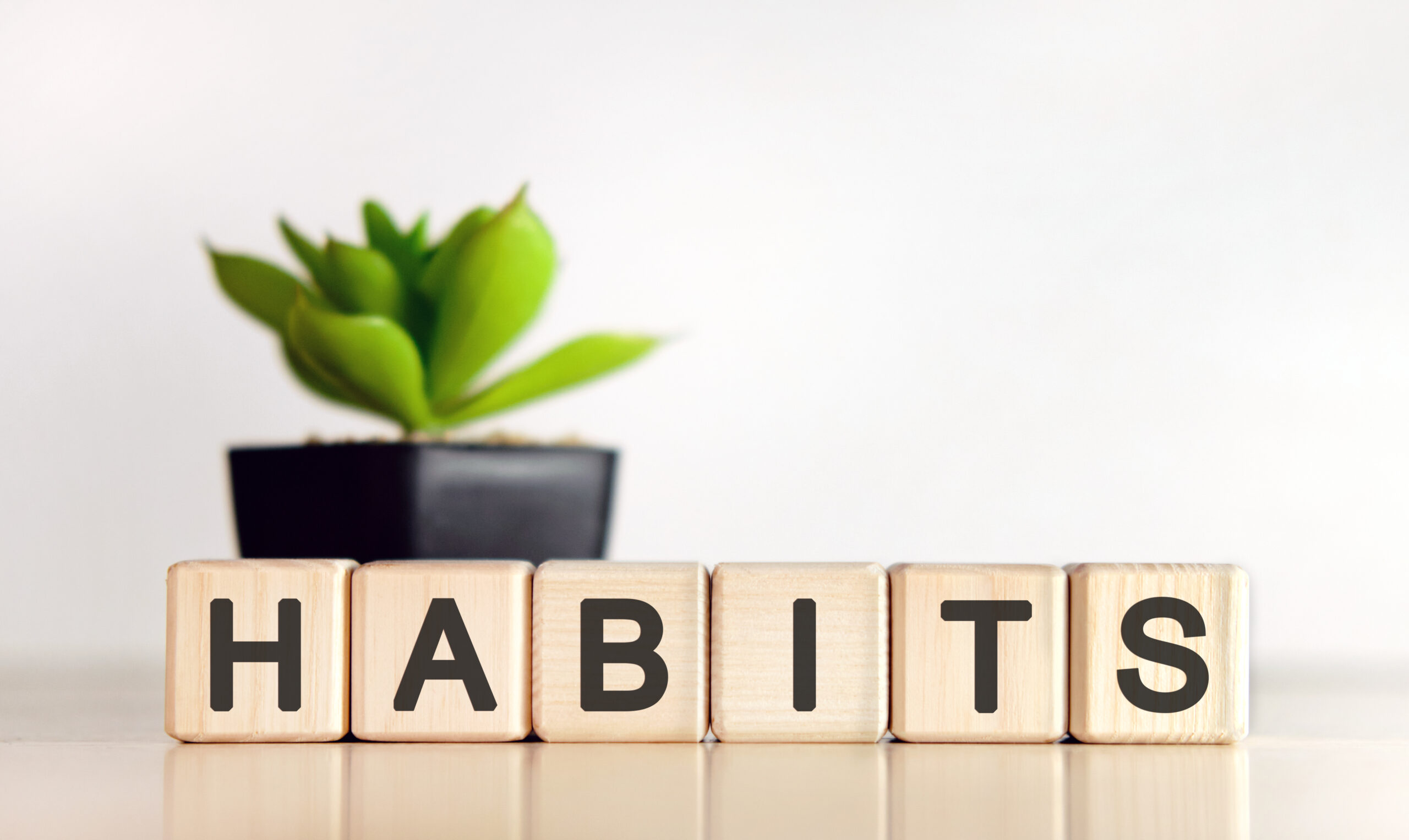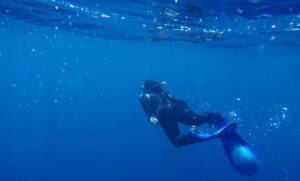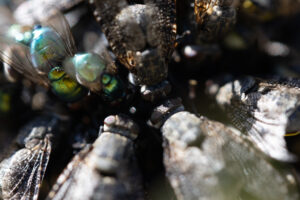We all have habits. Generally, we try to create positive habits, like saving money, and break bad ones, like smoking.
Over the past few months, many of us have replaced old habits with new ones. (For example, I swapped my rock-climbing habit with an Uber Eats addiction.)
As COVID-19 restrictions start to ease, we’re confronted by a habits crossroads. Will we stick to new healthy habits, like at-home workouts, or new unhealthy habits, like too much takeaway?
Science has some answers to help us learn how our habits help and hurt us.
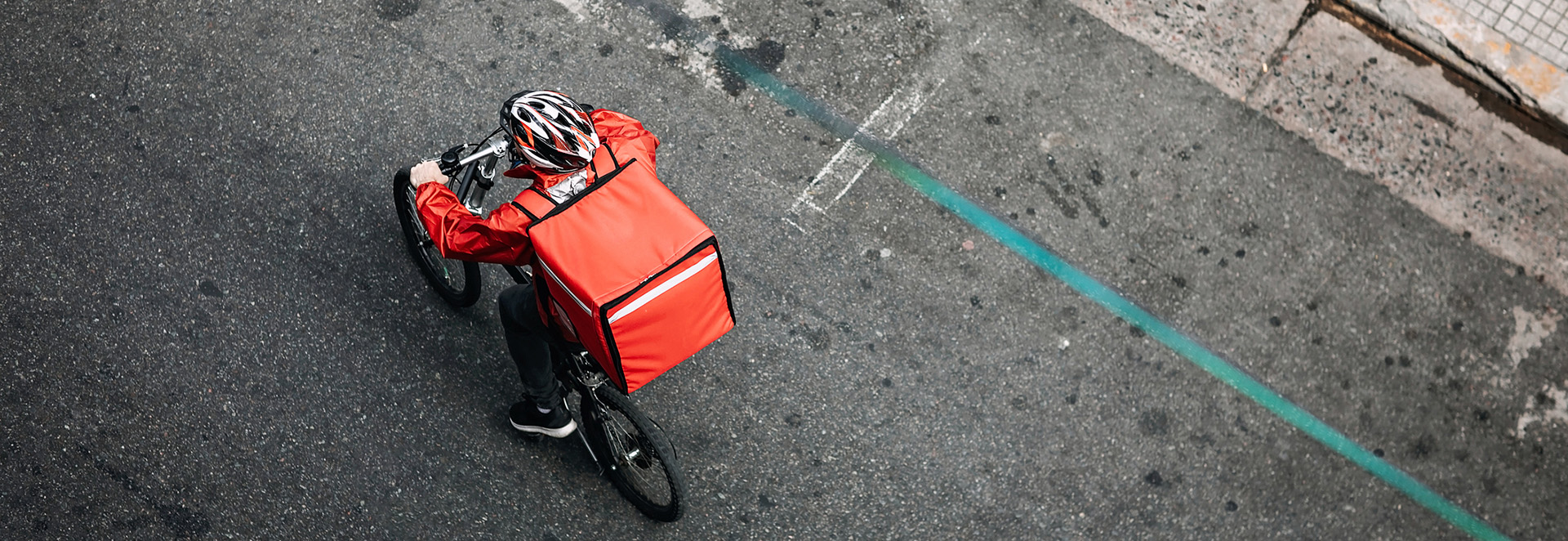
Breaking bad (habits)
Professor Barbara Mullan is the Deputy Head of Curtin University’s School of Psychology. She’s been researching how habits work.
She says the main driver of forming habits is a cue that makes you think of something, which is followed by a reward.
For example, on your drive home, you see a McDonald’s sign (cue) and buy yourself a Happy Meal (reward).
“For a lot of us, we have routines,” Barbara says. “One step which leads to the next step which leads to the next step.”
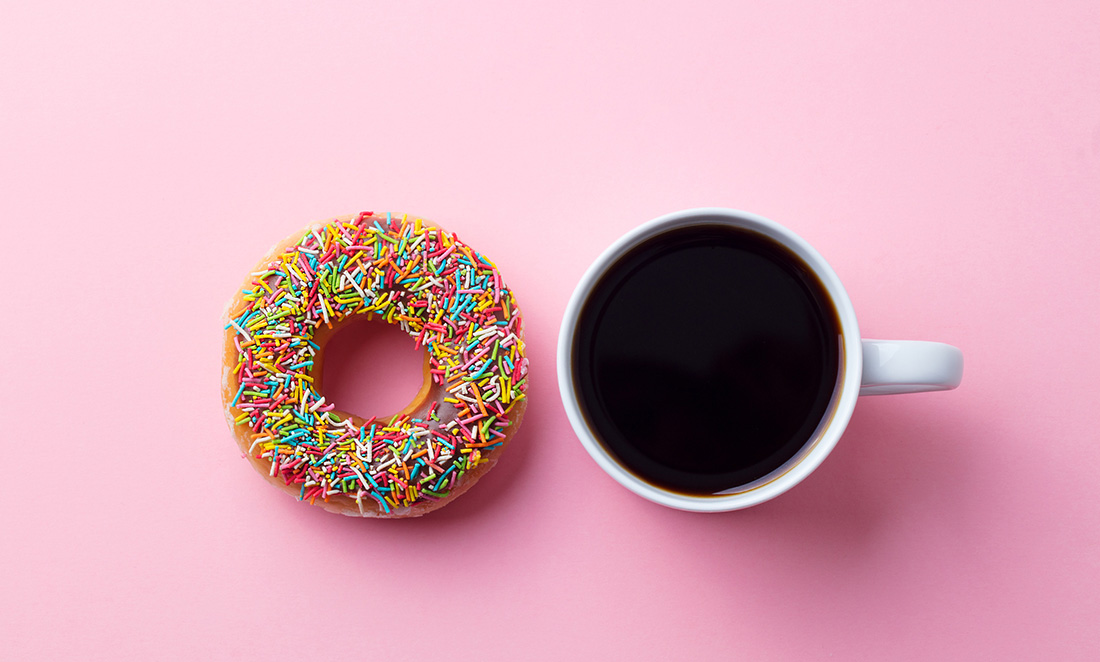
The good, the bad and the loop
This cycle is called habit loops or habit stacking.
“When we’re trying to get people to form good habits, we often get them to think about something they’re already doing and seeing if they can hook it on to that,” Barbara says.
For example, if you’re trying to remind yourself to take a new supplement, you can put it next to your toothbrush and take it when you brush your teeth.
The reverse is true for breaking bad habits. If you eat lollies when you watch TV, maybe it’s time to stop watching TV for a while.
Moving into your new normal
Now that we can go back to doing activities that were off limits during lockdown, what can we expect?
Barbara says it will be fairly easy to get back into habits we enjoyed, such as playing sport.
It’ll be trickier if we didn’t enjoy them, she says.
“If you were doing them for less intrinsic reasons, because you were trying to manage weight or because you felt you had to, then it’s probably going to be harder for you to get back to the things you were doing for good,” Barbara says.
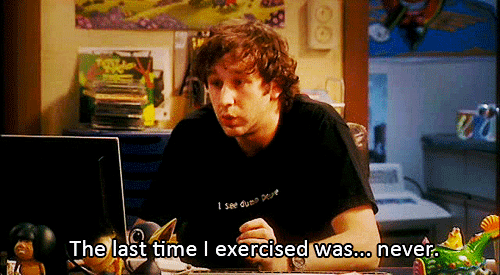
Another factor to be aware of is cognitive or decision fatigue.
We only have a set number of decisions we can make in a day, whether they’re important or trivial.
Decision fatigue is why highly efficient people like Facebook CEO Mark Zuckerberg wear the same thing every day.
They save their decision making for the most significant decisions.
If we’re constantly making and breaking habits, we’re faced with many more decisions every day, which Barbara says can be paralysing.
Be kind to yourself
So with all this going on, what’s the best way to stay happy and productive?
Barbara says it’s about getting into the habit of being kind to ourselves.
“We’re very bad about beating ourselves up with the goals we set, so we’re often our own worst critic,” she says.
“So it becomes a case of reminding people to talk to themselves the way they will to their best friends, rather than the oughts and the shoulds and the musts that we tend to give to ourselves.”
As for me, I’m kindly taking myself to the indoor climbing gym.



